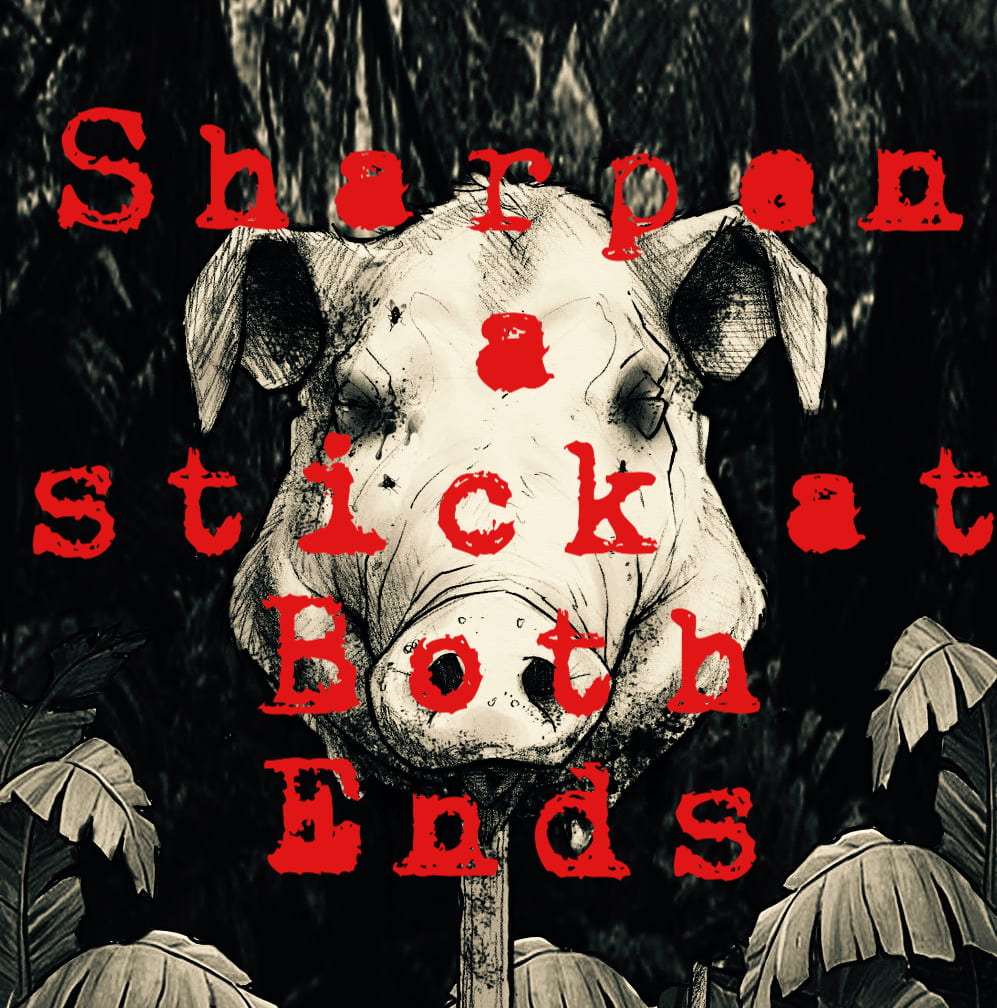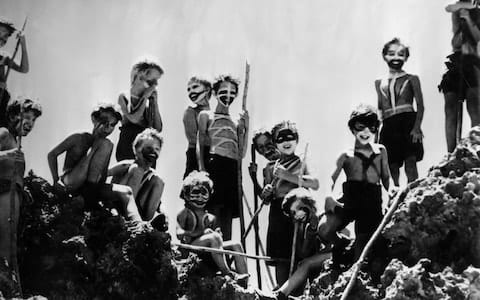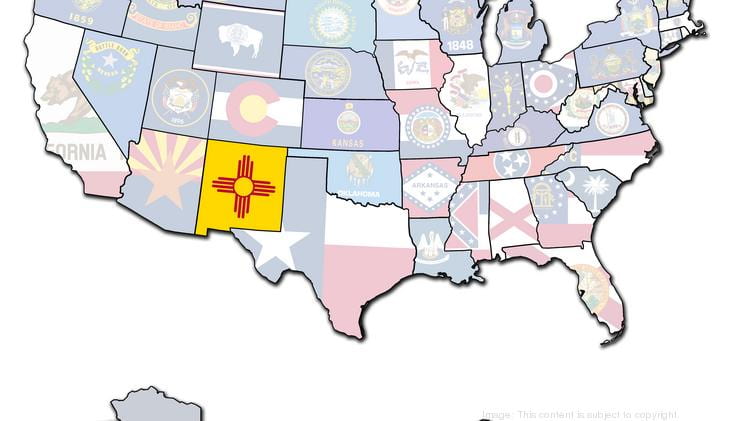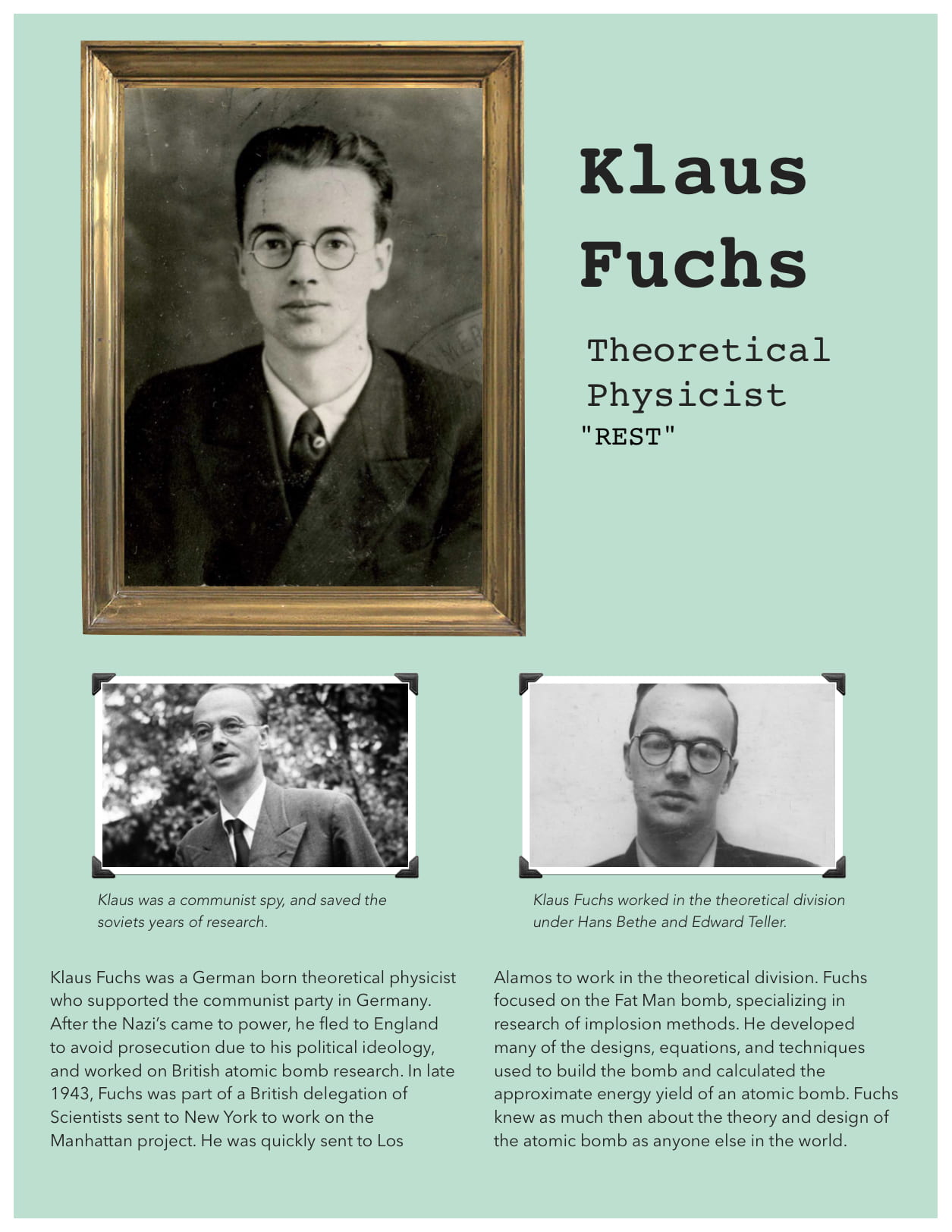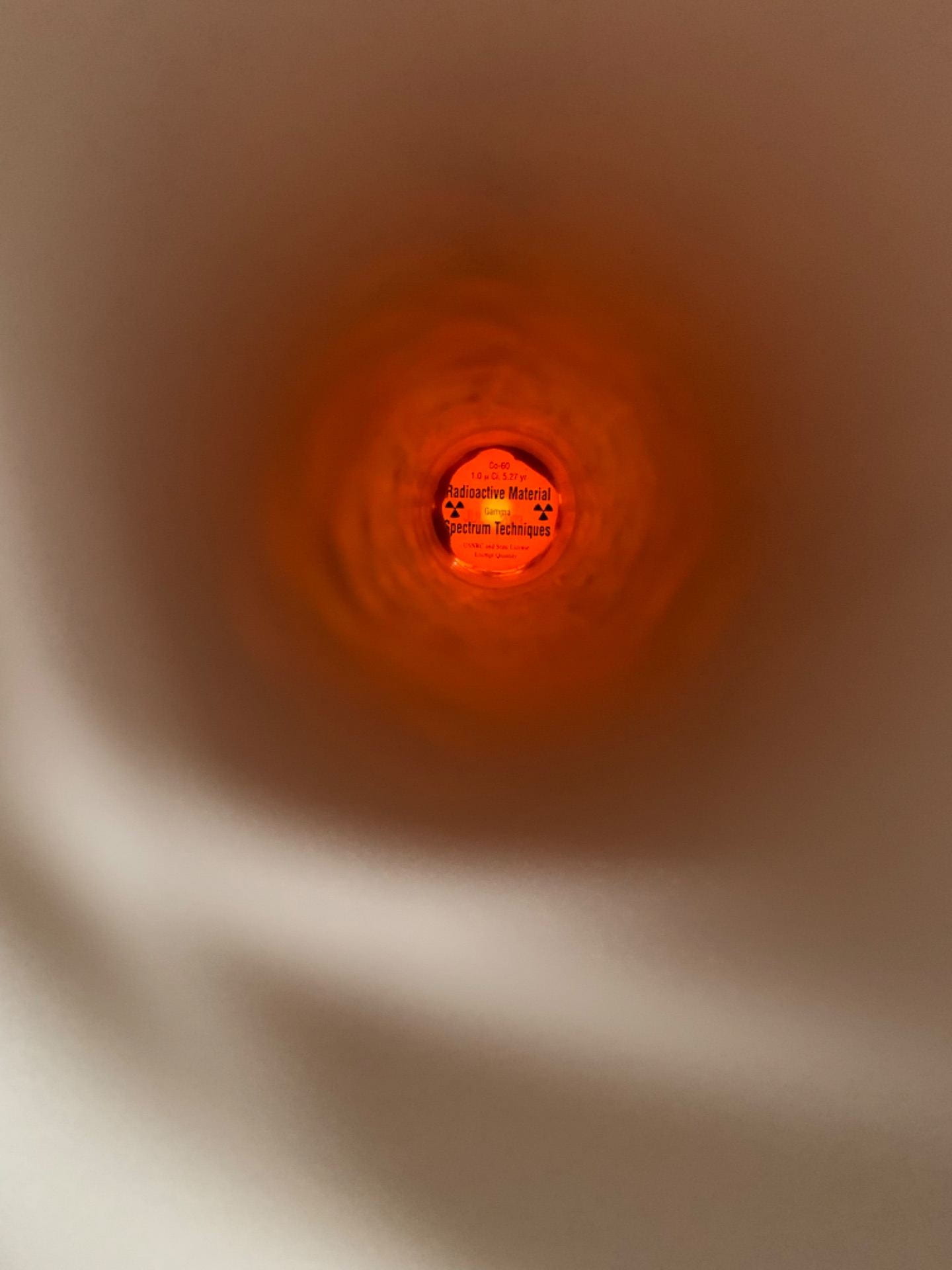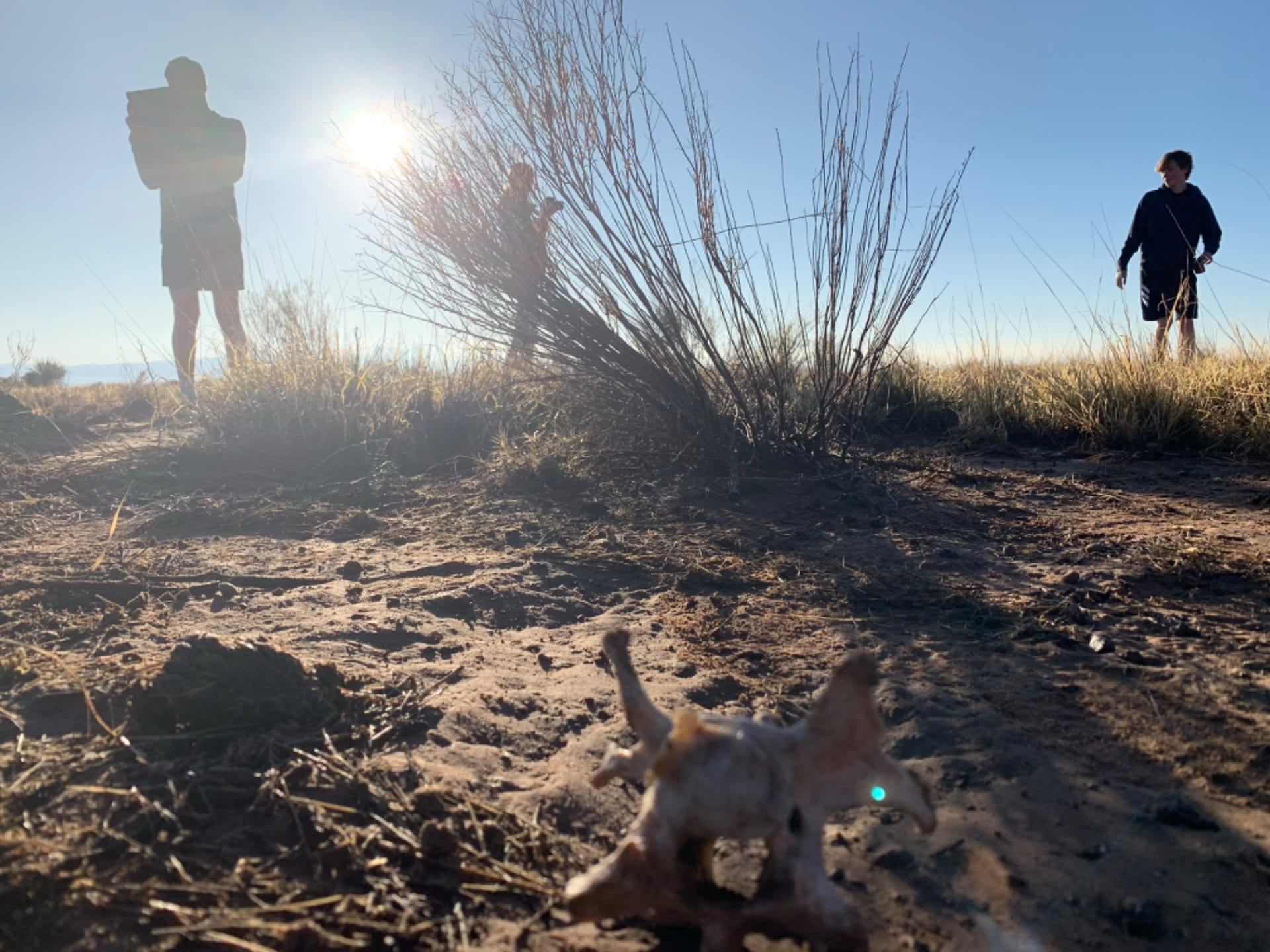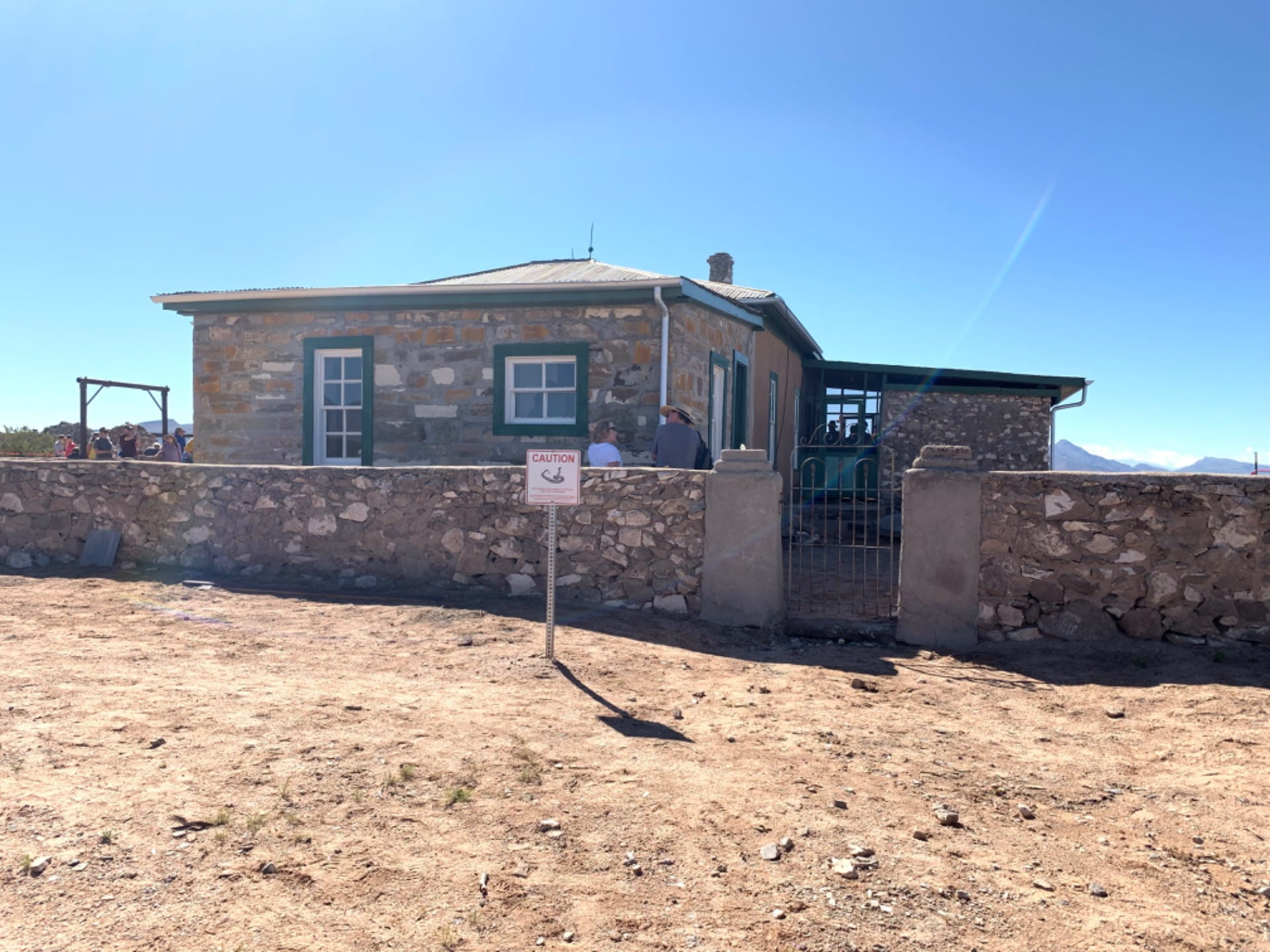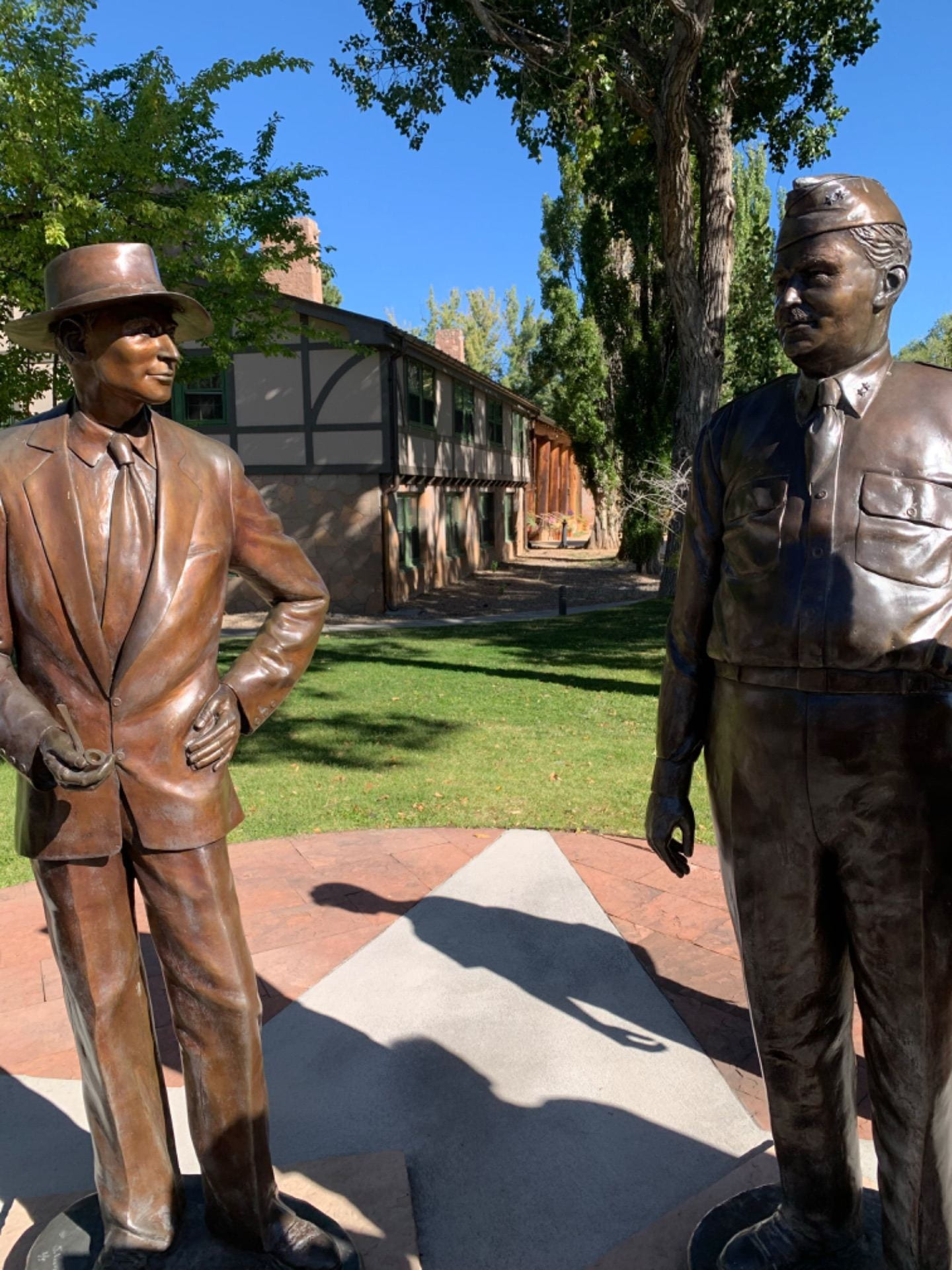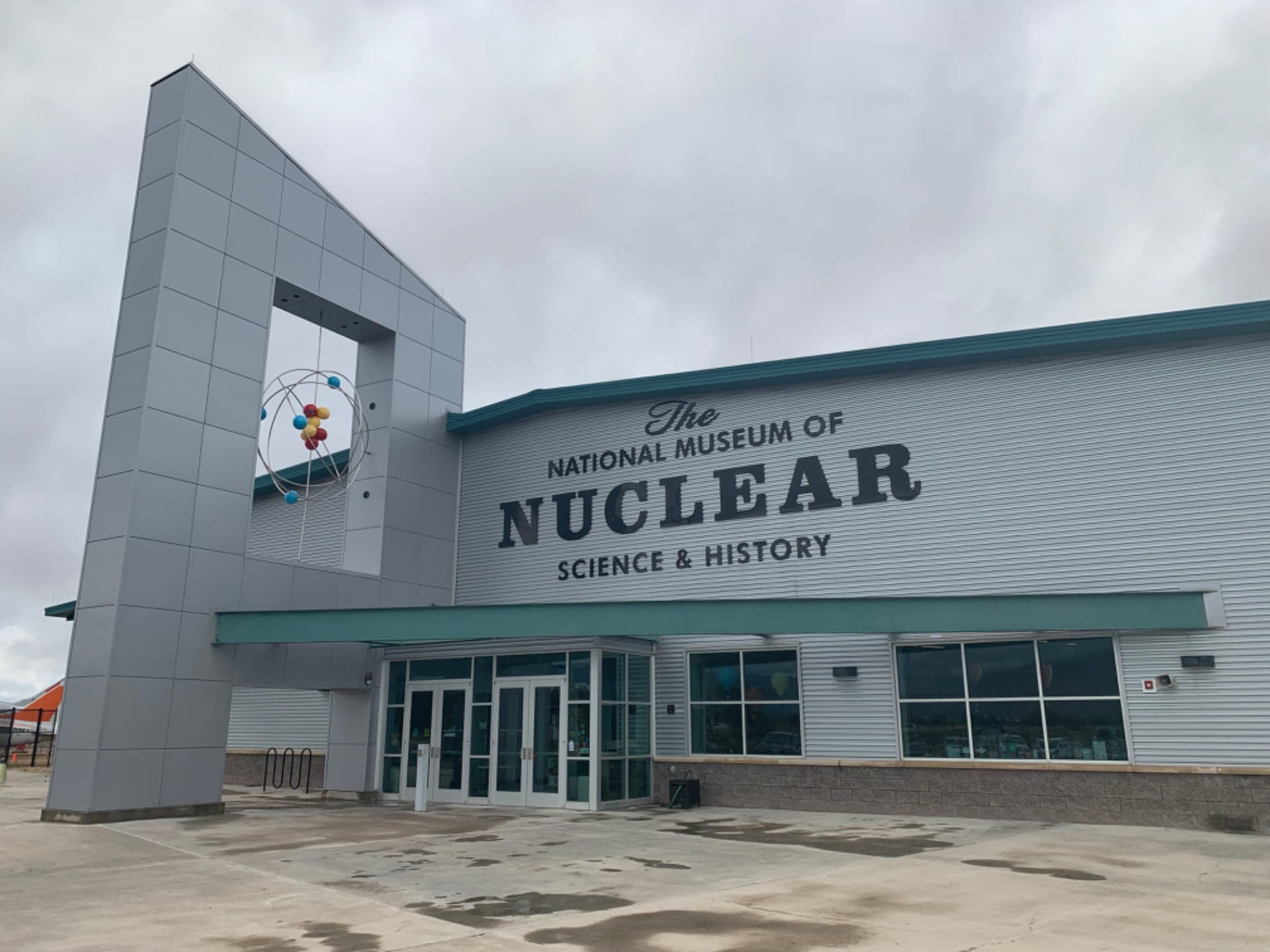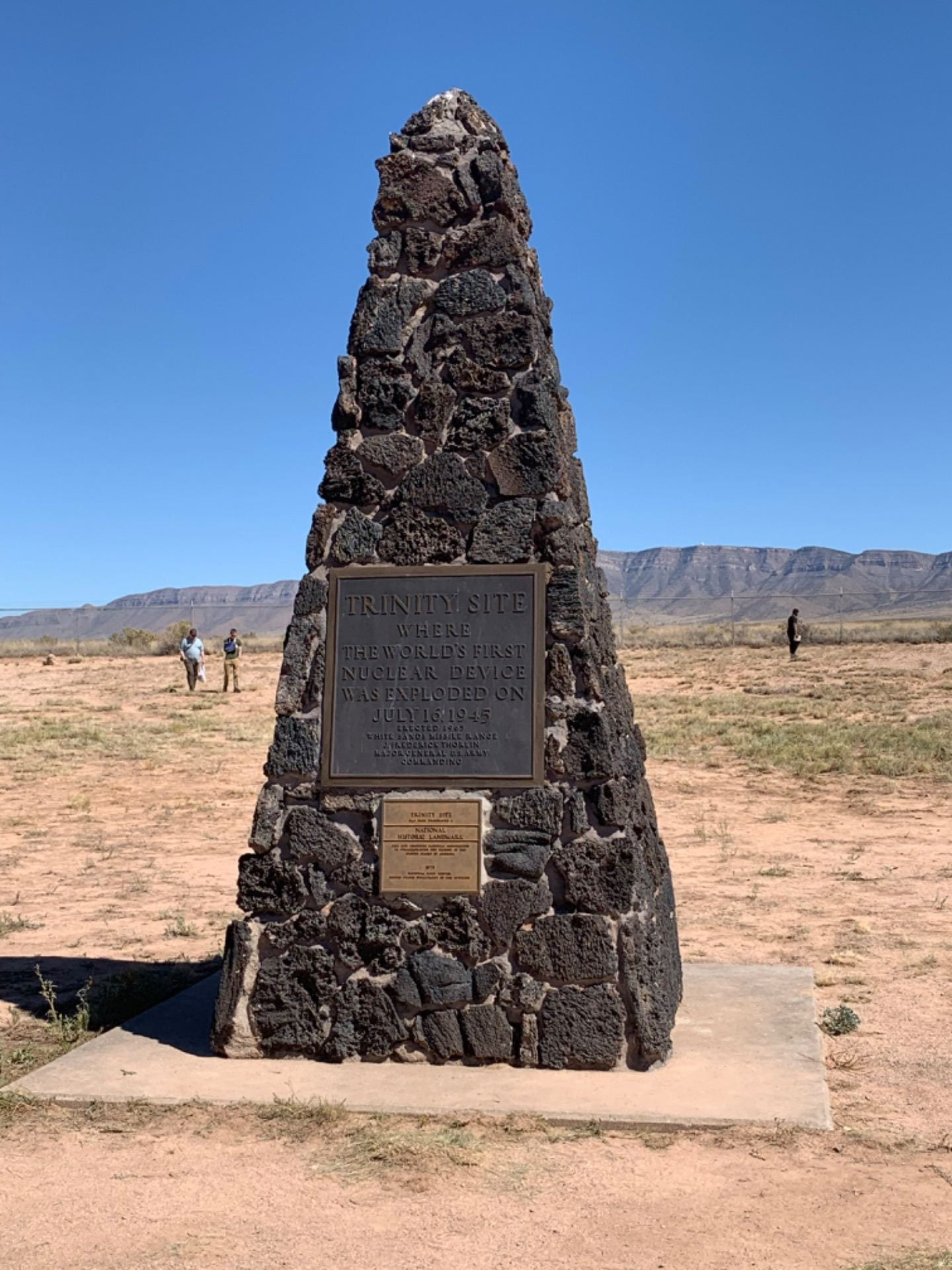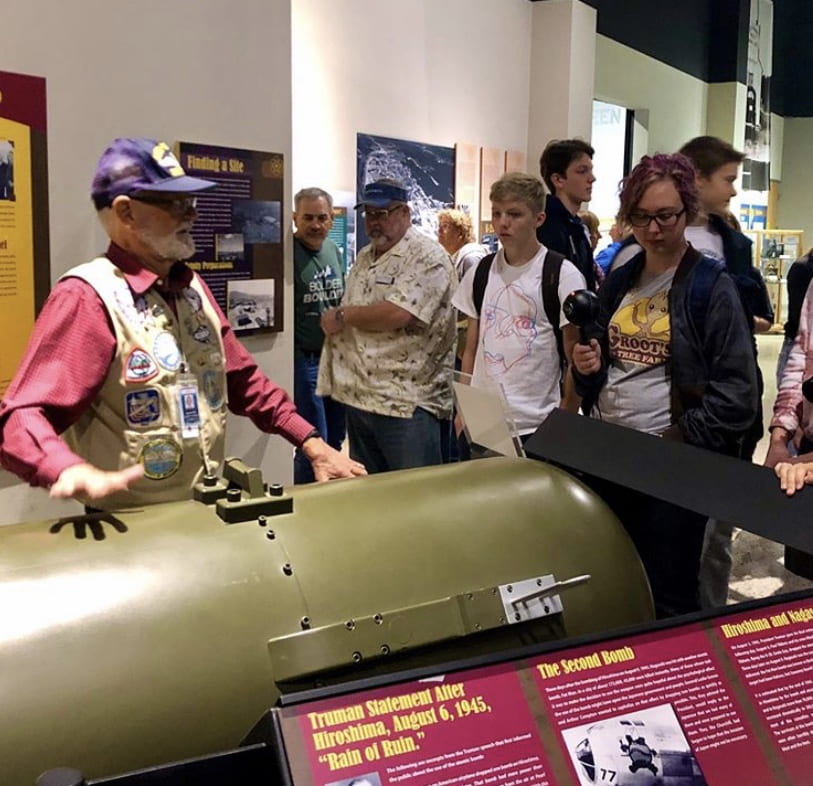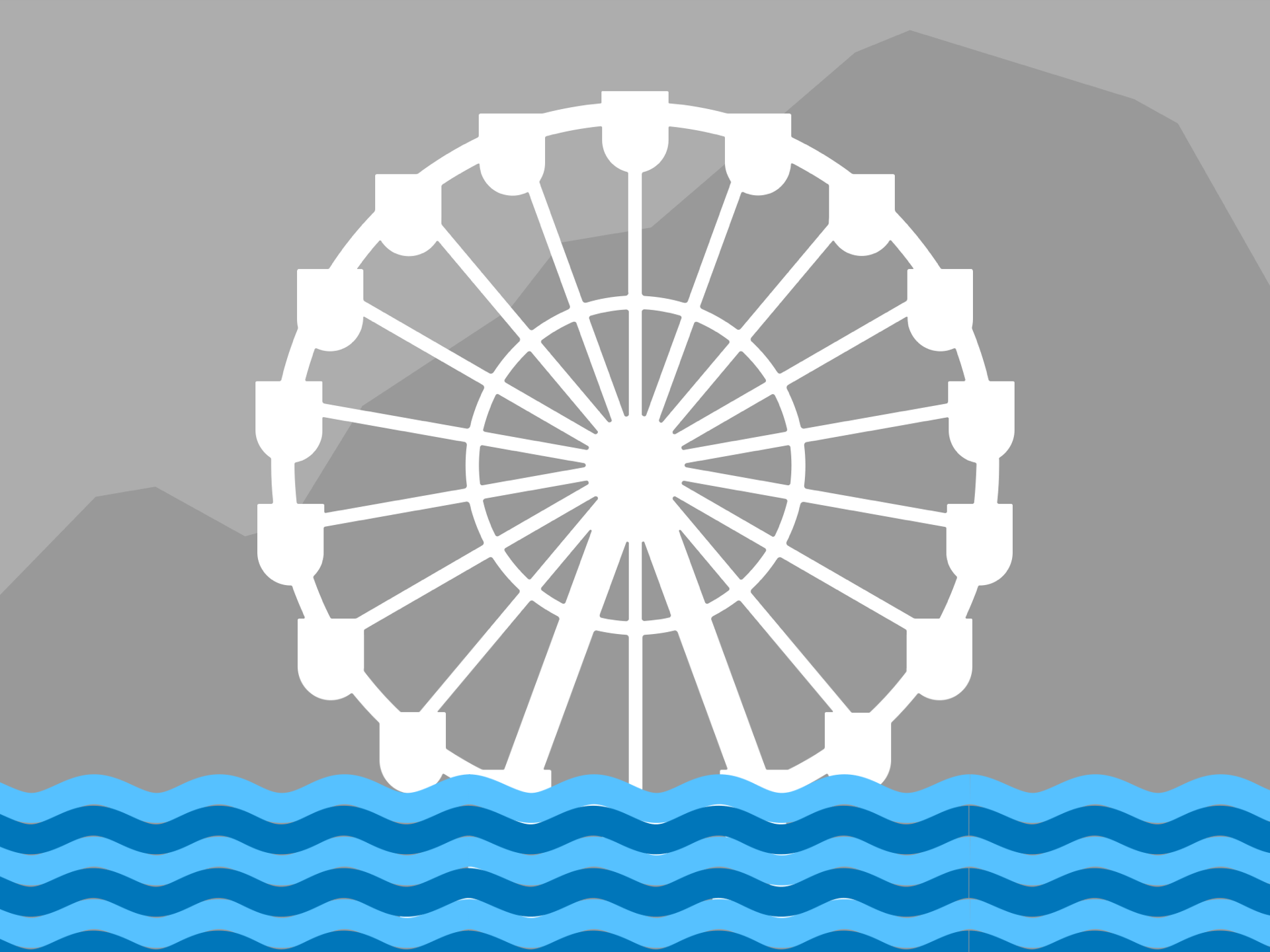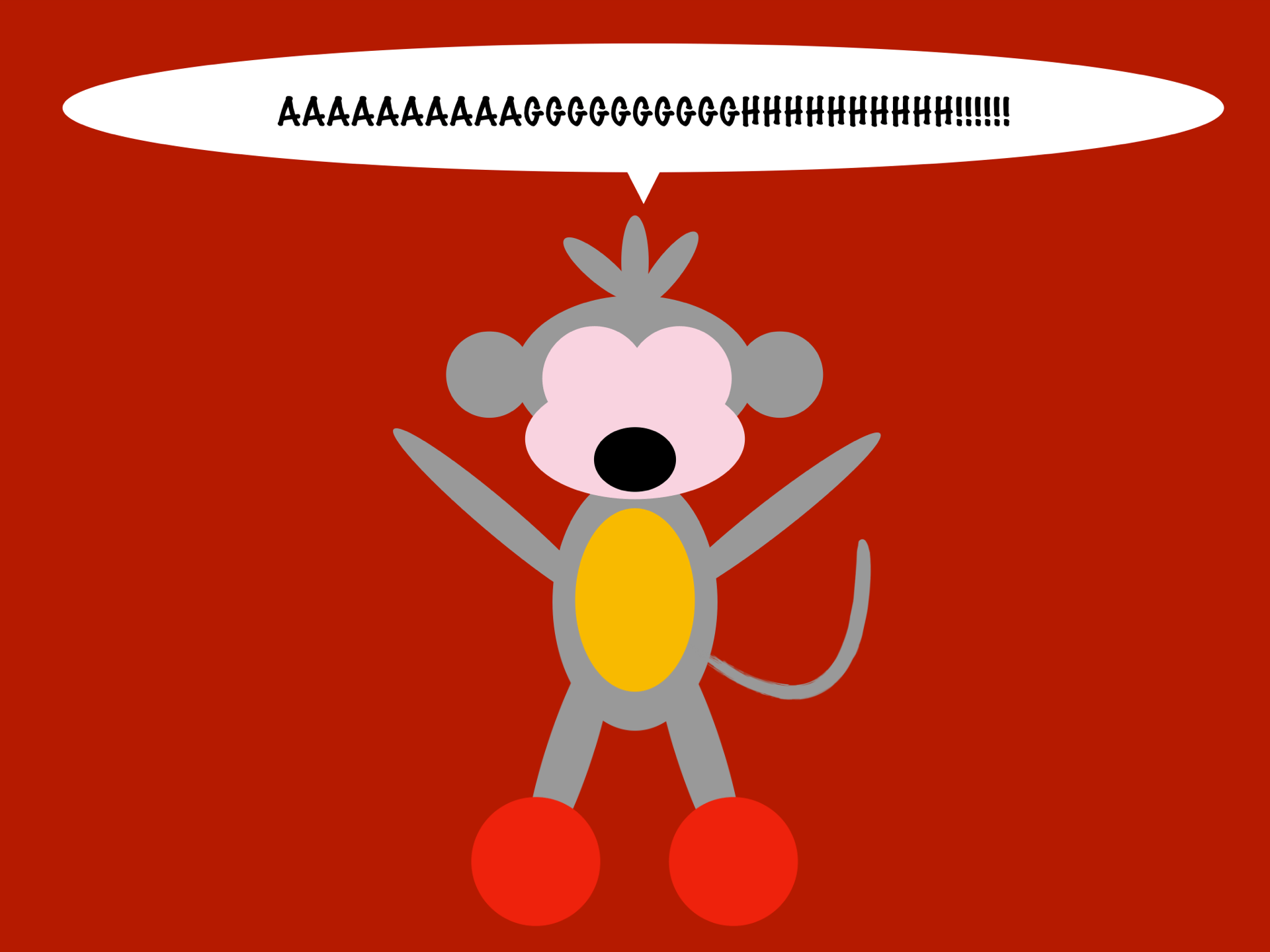Quick spoiler warning. I’m going to be going into detail about the Chaos Walking series, with spoilers. So, if you haven’t read the books, and intend to, maybe don’t read this.
Over the, well the weekend, I read the entire Chaos Walking trilogy. Amazing series, BTW. Definitely would recommend. It is also very much intertwined in what we are learning right now, so thats super fun.
The premise of the second and third novels are primarily what I am going to focus on, but I’ll touch on the first book as well. These two are the ones that directly deal with the idea of terrorism, and a sort of civil war in this world. There are a lot of parallels between the terrorism we’ve been learning about, and they ways that the characters in the books go about terrorism, which is pretty cool.
I am not sure if you could call what happened in the first book terrorism. They definitely use fear, and have a political goal, and since there is no media, they use word of mouth. I am still hesitant to call it terrorism. I am, of course, referencing the people of Prentisstown, and the ‘army’ they have. In actuality, they are only a few hundred men, but the threat of violence is enough for the people of New Haven to give up their power, as well as cause most of the rest of the population of their planet to flee their homes to New Haven, which was obviously not a great idea. Their ‘army’ did kill people, but not exactly terrorism. I still think it’s important to mention, because it sets up the rest of the story.
The second book is really where we get into the idea of terrorism, and people are directly called terrorists. As the old mayor takes control of New Haven, there are obviously people who don’t support them. Specifically, a lot of the women do not support many of his actions. There is more in the actual book that explains this deeper, so go read that. Anyways, this group of women slowly leave the town, and set up camp. This would be fine if it weren’t for the two people in charge.
On one hand, we have the Mayor. He has like, mind powers, and lots of weapons in the town. He also was part of the group that killed all the women from their old town, which makes him pretty scary. Him and his army occupy the town.
On the other hand, we have Mistress Coyle. She was part of a fighting faction in their old war, and has a lot of power and influence. She is also a healer, but not a doctor. There is a lot of sexism and a strong gender divide in this book, which is important. Sucky, but important. She wants to liberate the town from the Mayor, and will do anything to reach her goals. Her group is called the Answer.
Mistress Coyle, and the Answer, are who we’d call the terrorists in this scenario. The word terrorist is specifically used to describe their group, so I don’t feel bad about using it. The Answer is kinda seen as the good guys, but it is not as black and white as that. The book does a really good job of showing that neither side are good guys, and they both do really bad stuff.
The Answer’s main terrorist thing is their bombings. They have suicide bombers, as well as planted bombs in civilian-occupied areas. They bomb storefronts, symbols, and all the in-between. The Mayor uses that to demonize them, and to gain more support for going after them.
In the last book, it gets a bot more complicated. Theres a whole other army of aliens, who don’t like humans, and they have battles and stuff. It’s not super important. What I think is important is how it ends for both of the leaders.
They both die.
Of their own terms.
They believe in their goals so much that they are willing to die for their cause. The Mayor less so, but still.
I think these books are a really good example of terrorism, and how there are no heroes when you’re killing civilians.




